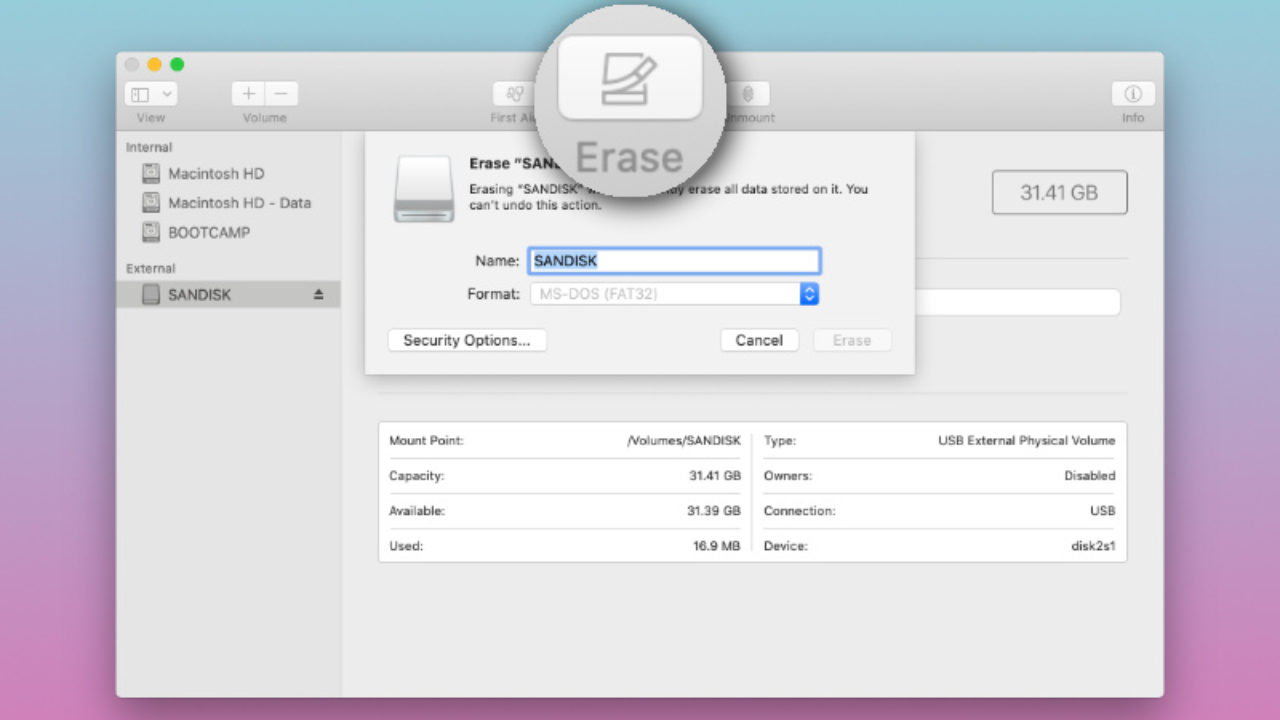

- #MAC OS COULD NOT BE INSTALLED ON YOUR COMPUTER UNABLE TO UNMOUNT VALUME FOR REPAIR MAC OS X#
- #MAC OS COULD NOT BE INSTALLED ON YOUR COMPUTER UNABLE TO UNMOUNT VALUME FOR REPAIR PDF#
look for SIGNINGON TRUE, if TRUE run this.
#MAC OS COULD NOT BE INSTALLED ON YOUR COMPUTER UNABLE TO UNMOUNT VALUME FOR REPAIR MAC OS X#
Once we know what process is preventing us from ejecting our disk, we can force it to stop. And with the popularity of Mac OS X rising, Apple-based computers have to play well inside a Linux network. you may see errors like Could not find the recovery environment. Why does Quicklook preventing me from ejecting my disk? I suspect that this is just a bug. After you run the installer, the WinPE files are available in the same location as. Lets say you have a directory named test and you cannot delete the.
#MAC OS COULD NOT BE INSTALLED ON YOUR COMPUTER UNABLE TO UNMOUNT VALUME FOR REPAIR PDF#
If I preview any other file like PDF or JPG the disk can be ejected normally. Come join the discussion about articles, computer security, Mac, Microsoft, Linux. The same way, copy the other files from OS X Install ESD drive to the root of your USB (the root, not inside a folder on the USB drive). I noticed that when I use the Quicklook feature to preview a video in any format, the process keeps active even when the Quicklook window was already closed. Copy 'Packages' folder from there and paste it in your USB/System/Installation. The QuickLook process is a feature that was introduced in the Mac OS X 10.5 Leopard. If you've installed macOS Big Sur, but your Mac won't start, then restart your Mac and hold down Command, Option, P and R, which will reset the NVRAM (non. Note! In some cases, macOS will allow us to “force-eject” the disk, but we may still lose data, so force eject is not reasonable.Īfter some investigation I found that in my case this is the QuickLook process. Now I need to know what app is using my disk so I can properly quit that app and eject my disk.

As far as I’m aware, I’m not using the disk but Finder says I do, so I must be wrong. If this happens, we just need to close the file in question and try again eject the disk. If we have any file stored on the disk open in any app, macOS may prevent us from ejecting the disk so we don’t lose any of our data. It means that we are trying to eject the disk that is currently in use. But to my surprise when pressing the ‘eject’ button Finder warns me with the following error message:įor more experienced users, I recommend reading another article about this issue. The date command can be used to change the time registered in the system clock. Here you can go to the terminal and change the operating system date. After working with an external hard drive (further simply - disk) I want to cleanly unmount it. Your computer had been running with no battery, and therefore the hardware clock was reset to zero, and Mac OS X had a test against that condition.


 0 kommentar(er)
0 kommentar(er)
